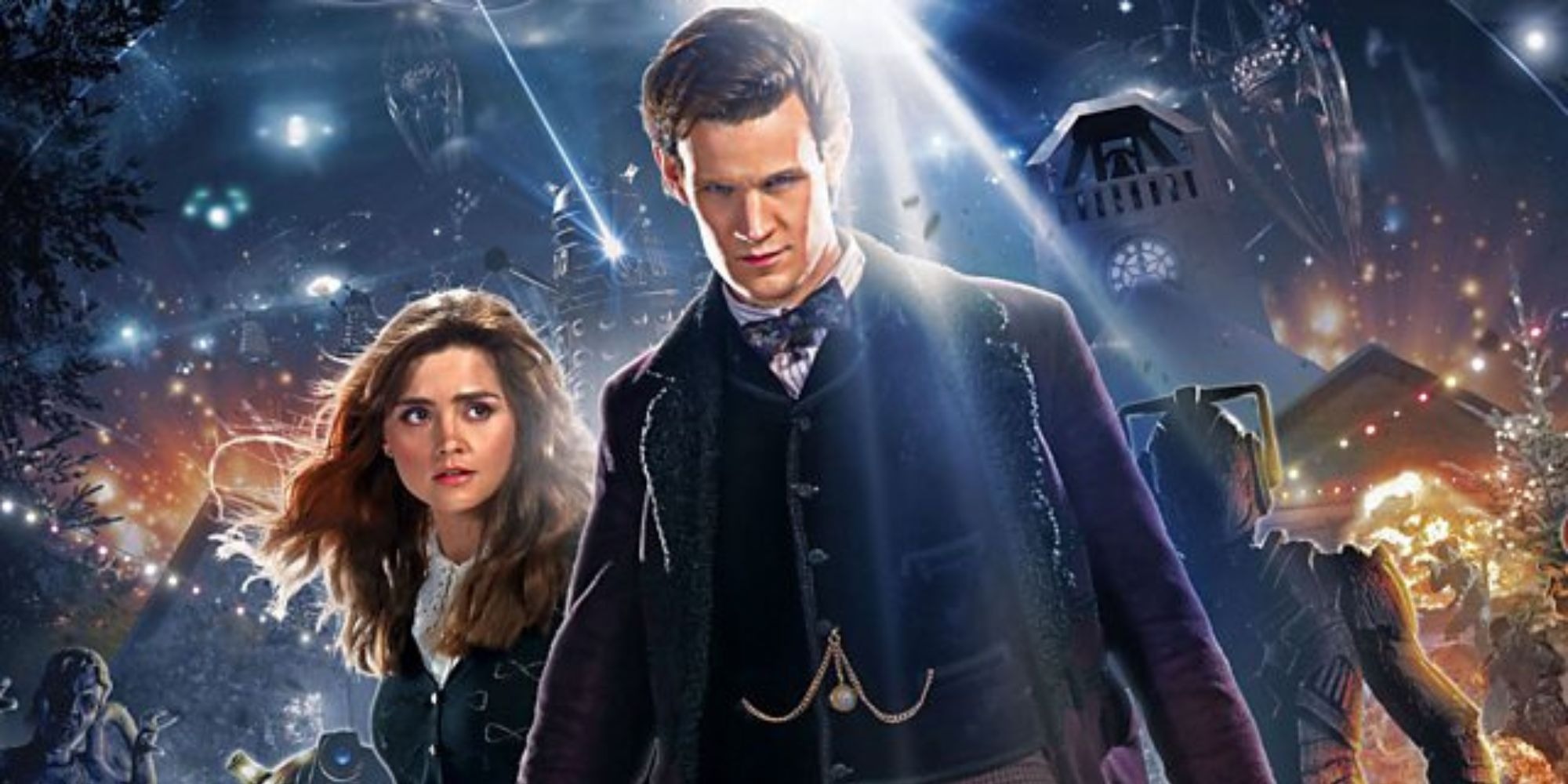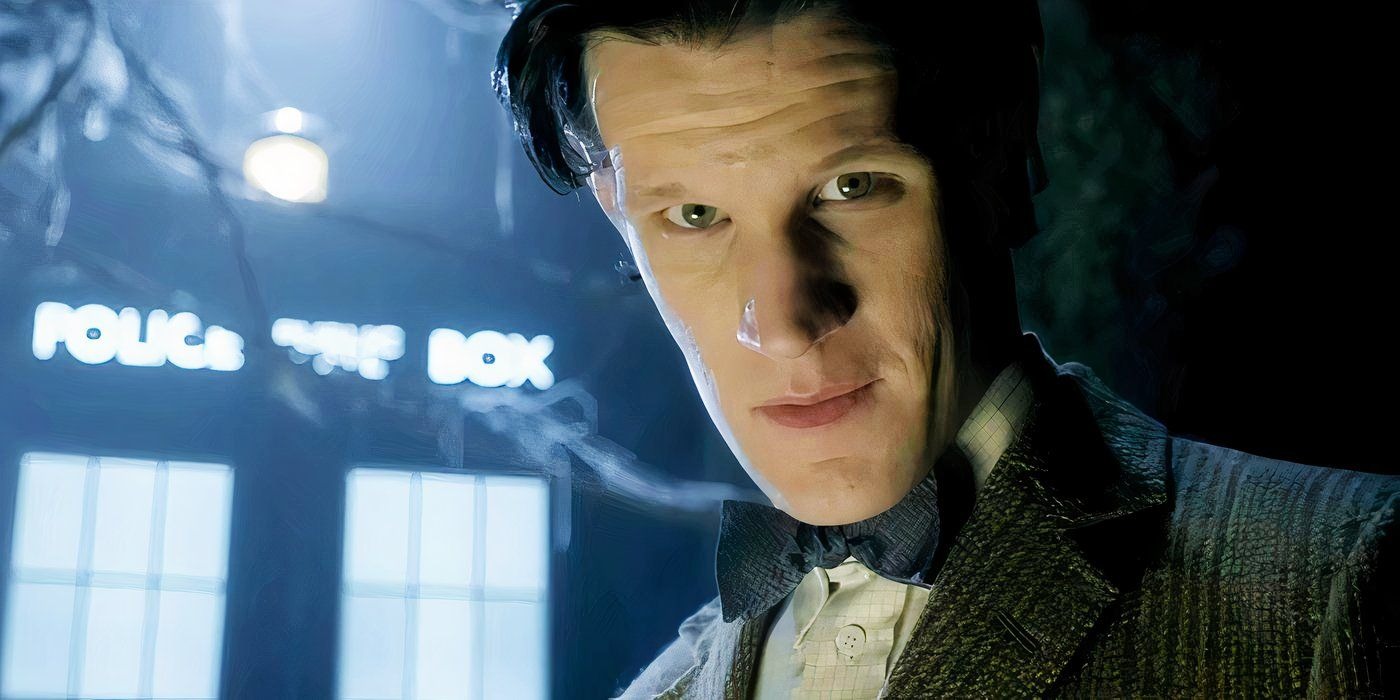Doctor Who has continued to hold the attention of longtime viewers with its ability to combine science fiction with emotional storytelling. The latest special brought back familiar faces while presenting a storyline that stirred up memories, questions, and deep reflection.
At the centre of this story is a strong performance by the Doctor, wrapped in a complicated situation involving time loops, forgotten identities, and powerful emotional decisions. It manages to balance nostalgia with new developments that point toward fresh directions for future episodes.
As the special builds toward its conclusion, the drama intensifies with each scene. Emotional moments are blended with thrilling sequences, and the writing carefully leads the audience toward answers without giving everything away too quickly.

The mystery surrounding the central event of the story remains intact till the final moments, when layers of memory and time begin to peel away. This Doctor Who special manages to maintain its pace without rushing through its core themes, giving both returning and newer viewers a chance to absorb what matters most.
By the time the credits start rolling, it becomes clear that this is not just a farewell or a simple holiday adventure. Instead, the episode tackles weighty topics like identity, sacrifice, and the idea of second chances.
Mark Gatiss, who has been part of the show for years in various capacities, offers deeper explanation on what the ending truly meant—not just for the characters, but for the story’s direction as well.
The Return of Familiar Elements and How They Were Handled
The special draws heavily from past seasons without leaning too much on old storylines. Instead, it uses recognisable ideas and characters to set a strong emotional foundation.
Mark Gatiss revealed that the return of a particular character served as more than just a surprise. It acted as a mirror to the Doctor’s current state of mind, reflecting the regrets and unfinished business that still linger from past encounters.
From the beginning, viewers are reintroduced to settings and items that longtime followers will easily recognise. Yet, the focus remains on moving forward rather than staying stuck in past victories.
According to Gatiss, these choices were made intentionally to help the Doctor confront personal truths. The special does not rely solely on nostalgia; it uses familiar visuals and references as part of a much larger emotional journey.
This method of storytelling allows the special to remain grounded while still drawing attention to meaningful elements from earlier eras. The return of certain companions, mentions of historical missions, and a renewed focus on the Doctor’s impact on others all play a part in building the emotion behind the story.
How Time Was Used as a Tool for Self-Discovery
Time is often treated as a device for adventure in the Doctor Who series. However, in this particular special, time becomes something deeper—it serves as a mirror, showing who the Doctor has become and what still needs to be addressed.
Gatiss explained that the use of repetition in the story, such as loops and déjà vu moments, was meant to trigger something inside the Doctor that has long been buried.
Rather than racing through space and chasing new enemies, this story slows things down. It gives time a new meaning—forcing characters to confront their choices, their failures, and even their forgotten promises.
The Doctor is caught between memories that refuse to disappear and a future that demands change. Gatiss shared that this tension between the past and the future is what gave the episode its depth.
Through these repeated moments, the Doctor is reminded that even someone with the ability to travel through all of history must deal with personal guilt. It’s not about rewriting mistakes, but learning how to live with them and make peace with their consequences.
A Deep Look at the Doctor’s Changing Identity
Every actor who plays the Doctor brings a unique take to the role. In this special, the Doctor finds himself at a turning point once again. Gatiss pointed out that this was a deliberate decision. The writing was meant to bring out the emotional strain that comes from holding so many past lives while still having to make choices that affect others.
As events move forward, viewers are given the chance to see how the Doctor now questions his usual methods. He is no longer as certain as before. While confidence remains, it is tempered with awareness of how past actions shaped the present situation. Gatiss mentioned that the Doctor’s uncertainty is meant to reflect the weight of experience and the burden of memory.
This moment of reflection becomes important in shaping how the Doctor responds to the events of the special. Rather than rushing to save everyone with a grand plan, there’s a quiet acceptance that not everything can be fixed. That emotional maturity, according to Gatiss, is what defines the Doctor at this stage.
The Meaning Behind the Sacrifice and Resolution
One major event stands out in the final act of the special: a major sacrifice that turns the tide of the story. Gatiss explained that this moment was not just written to deliver shock or sadness.

It was designed to underline a central idea—that even in a world of aliens, time travel, and impossible choices, the act of selflessness remains one of the most powerful forces.
The character who makes this decision does so not for glory but from a place of love and duty. This moment forces the Doctor to confront the emotional cost of being who he is.
Gatiss shared that while the Doctor often saves others, this time someone else stepped forward without hesitation. The weight of this sacrifice lingers after the story ends, leaving both the Doctor and the audience with questions that may not be answered right away.
It becomes one of those moments where silence says more than words. The Doctor’s quiet reaction and the lack of any dramatic celebration drive home the seriousness of what just happened. For Gatiss, it was important to let that emotion stand on its own without rushing to explain or justify it.
Final Thoughts from Mark Gatiss and What Might Come Next
Gatiss, speaking on the writing process, explained that he wanted this special to feel personal yet open-ended. He hoped to offer closure while still pointing toward new paths. He believes the Doctor’s journey never truly ends; it only takes on new shapes with each season. The idea was to end the special with honesty, rather than flashy stunts.
By the final scene, the Doctor is changed. Not in a physical way, but emotionally. The way he sees himself and his place in the universe takes on a more grounded form. Gatiss hoped that viewers would walk away from the special not just remembering the action or the characters, but thinking about the choices people make and how they affect others.
He also hinted that some questions were left without answers for a reason. The idea was to give room for future episodes to continue the story naturally. He believes that some of the themes raised in the special—trust, memory, regret, and growth—are timeless and worth revisiting in different ways as the series moves forward.
This Doctor Who special can be streamed online through official platforms. Viewers can find it available on BBC iPlayer for UK audiences, and it is also available through Disney+ for international viewers, including the United States.
For those interested in digital ownership, the episode is up for purchase on platforms like Amazon Prime Video, Apple TV, and Google Play Movies. Whether one prefers to stream or buy, the episode can be accessed easily for a full experience.
(Updated: Jun 20, 2025)



